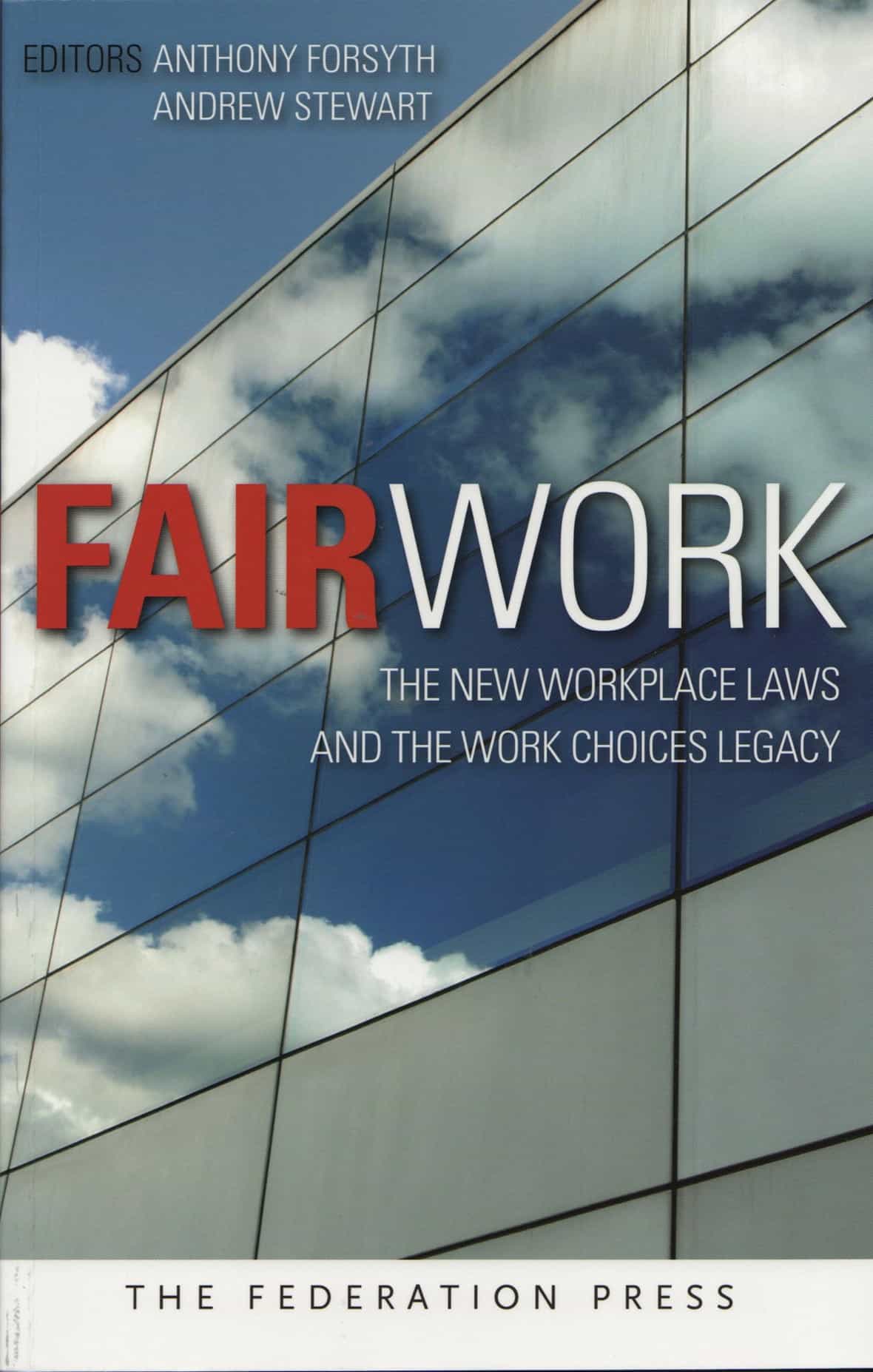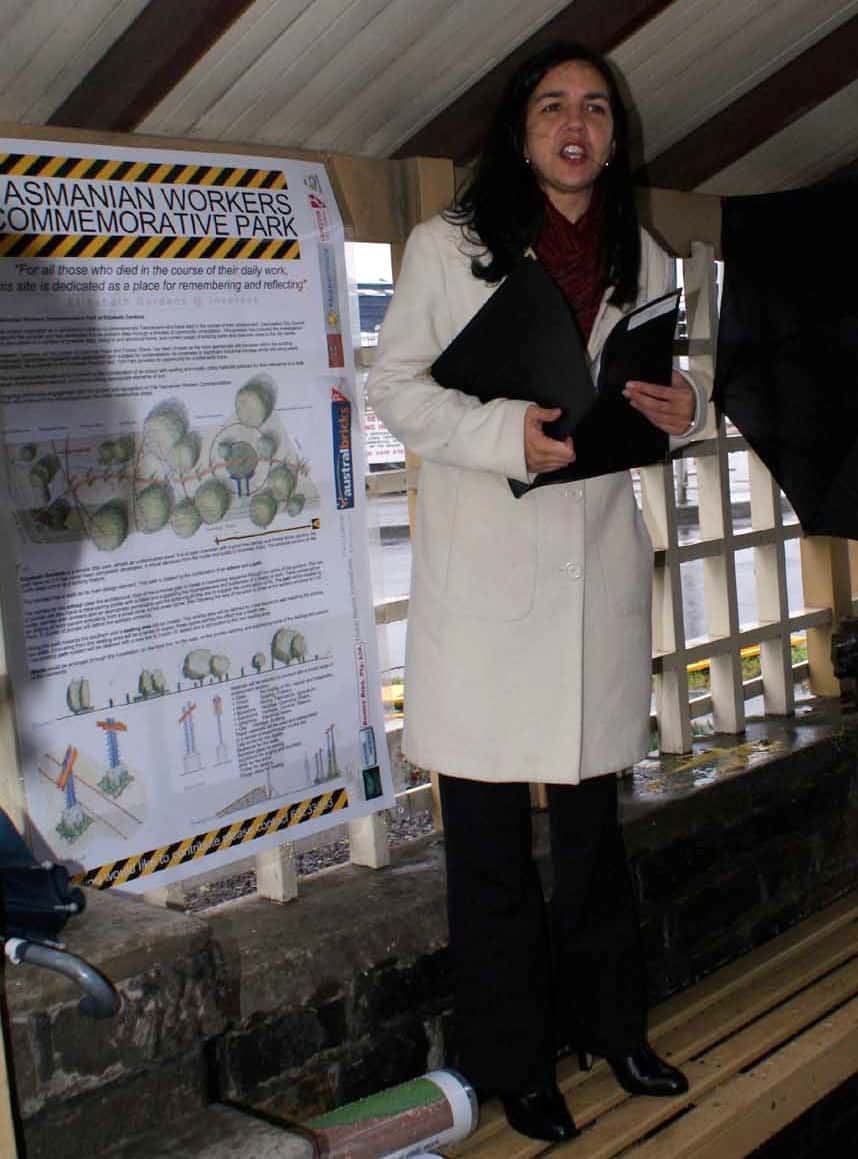Further to the recent blog article on New South Wales WorkCover statistics, SafetyAtWorkBlog has been provided with a copy of the official Comparative Performance Monitoring (CPM) report that was released in August 2008. These figures are used to measure performance against the National OHS Strategy 2002-2012.
SafeWorkAustralia has told SafetyAtWorkBlog that the next edition is due in October 2009 (just in time for Safe Work Australia Week – what a coincidence!) after it has been discussed at the next scheduled Workplace Relations Ministers Council amongst other meetings.
Most organisations, including political ones, have key performance indicators for managers and the companies themselves, to measure the likelihood of meeting the target. This may involve additional remuneration, awards or any other type of recognition. If the target is not reached, there are repercussions – loss of potential bonus, loss of job….
The National OHS Strategy has no reward for achievement other than a warm, fuzzy feeling. Nor does it have any penalty except the same warm, fuzzy feeling with perhaps a few less degrees of warmth or duration.
According to the media release from the then-National OHS Council in May 2002, the “indicators of success” are
- “Workplace parties recognise and incorporate OHS as an integral part of their normal business operations
- Increased OHS knowledge and skills in workplaces and the community
- Governments develop and implement more effective OHS interventions
- Research, data and evaluations provide better, timelier information for effective prevention”
The release also said
“There are five initial national priority areas for action to achieve short-term and longer-term improvements…. The priorities are:
- reduce high incidence/severity risks;
- improve the capacity of business operators and workers to manage OHS effectively;
- prevent occupational disease more effectively;
- eliminate hazards at the design stage;
- strengthen the capacity of government to influence OHS outcomes”
These are classic “aspirational targets” that have no penalties for failure. The targets themselves were discussed in the previous blog article.
According to the 2008 CPM report summary
“The reduction in the incidence rate of injury and musculoskeletal claims between the base period (2000–01 to 2002–03) and 2006–07 was 16%, which means the interim target of a 20% reduction by 2006–07 has not been met. It is also below the rate of improvement needed to meet the long term target of a 40% improvement by 2012. The rate of decline in the incidence of claims will need to accelerate in future years if the target is to be achieved. Four jurisdictions however, met the interim target of improvement: NSW with 29% improvement, the Australian Government with 27% improvement and South Australia and Seacare each recorded 24% improvement. Although these four jurisdictions recorded improvements higher than the 20% required, considerable efforts will be required by all jurisdictions if the national target is to be met.
The number of fatalities recorded for 2006–07 is lower than in previous years, increasing the percentage improvement from the base period. The incidence of compensated fatalities from injury and musculoskeletal disorders decreased by 16% from the base period to 2006–07, thus the interim target of a 10% reduction by 2006–07 has been surpassed. The national incidence rate is still ‘on target’ to meet the 20% reduction required by 2011–12, however there is a considerable amount of volatility in this measure and consistent improvement is required.
The National OHS Strategy also includes an aspirational target for Australia to have the lowest work-related traumatic fatality rate in the world by 2009. Analysis of international data indicates that in 2006–07, Australia recorded the sixth lowest injury fatality rate, with this rate decreasing more quickly than many of the best performing countries in the world. However, despite this improvement, it is unlikely that Australia will meet the aspirational goal unless substantial improvements are recorded in the next few years.”
The federal government can react in several ways if the signatories to the strategy fail to meet the target in 2012:
- Blame the previous government who was in power at the time of the strategy;
- the large number of parties to the strategy made it impossible to coordinate;
- The political climate has changed so much that the targets reflected unreasonable expectations; or
- The economic climate has changed so much that the targets reflected unreasonable expectations.
Unless all the parties renew their efforts (and their budgets) in order to reach the targets in 2012, from 2009, which is highly unlikely, 2012 is going to have an OHS “elephant in the room” and it will have been white.





